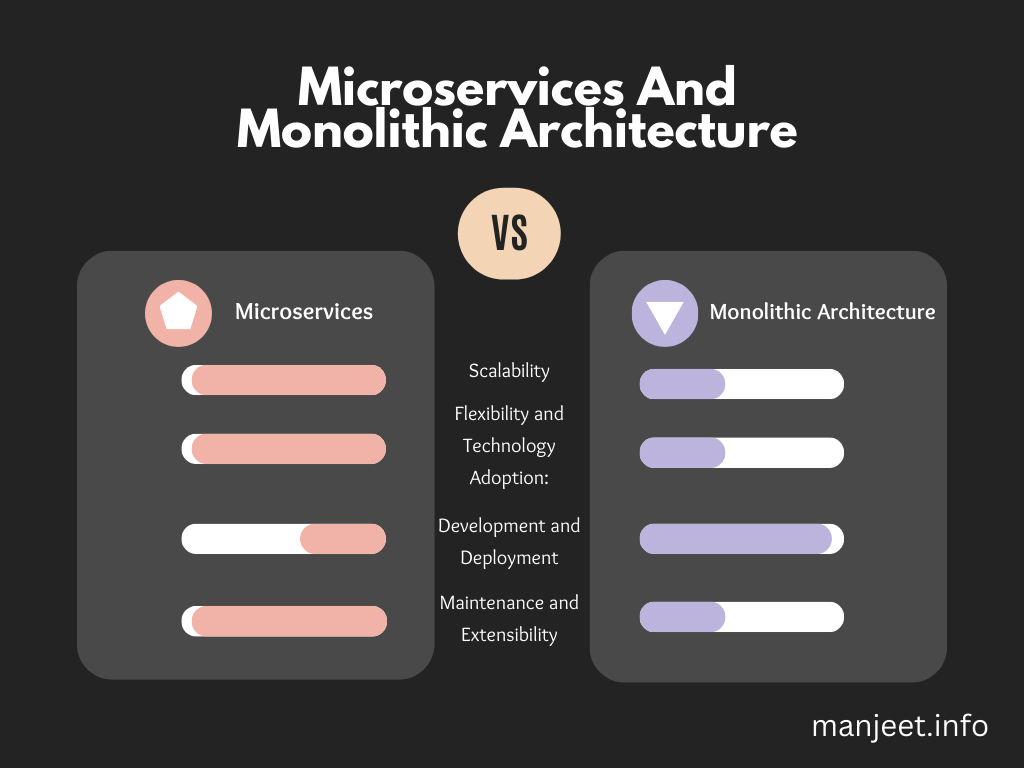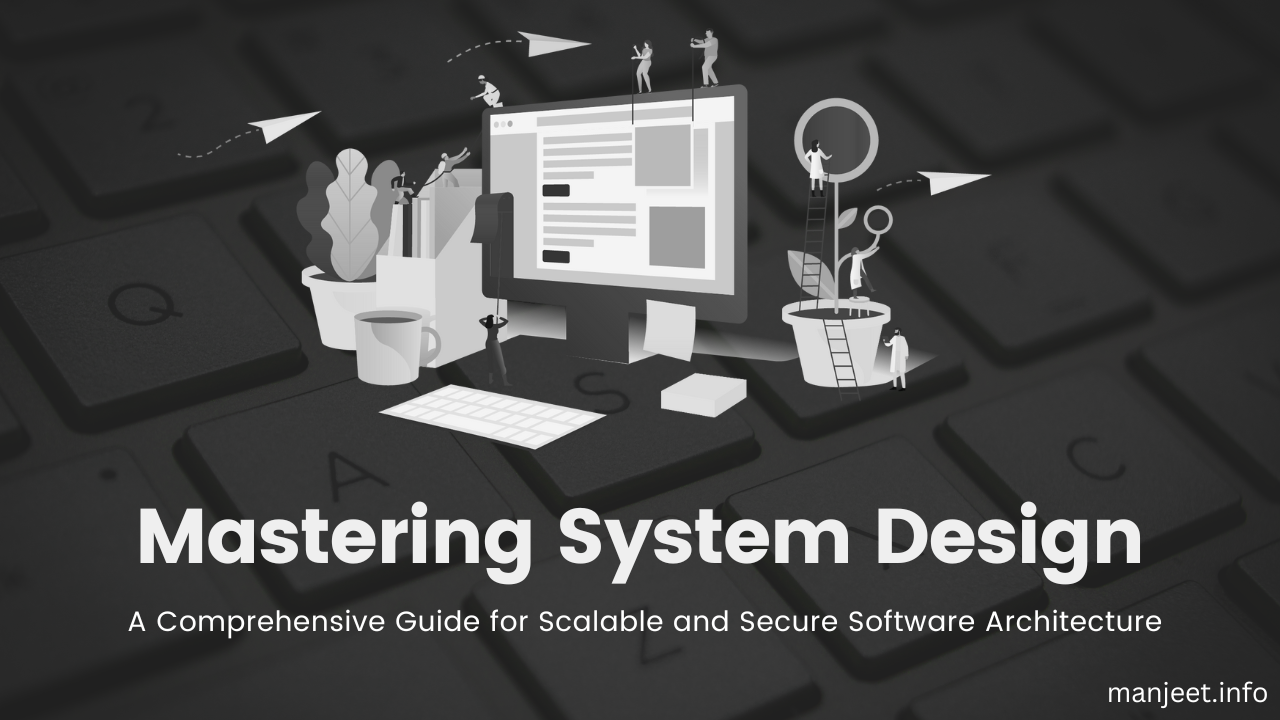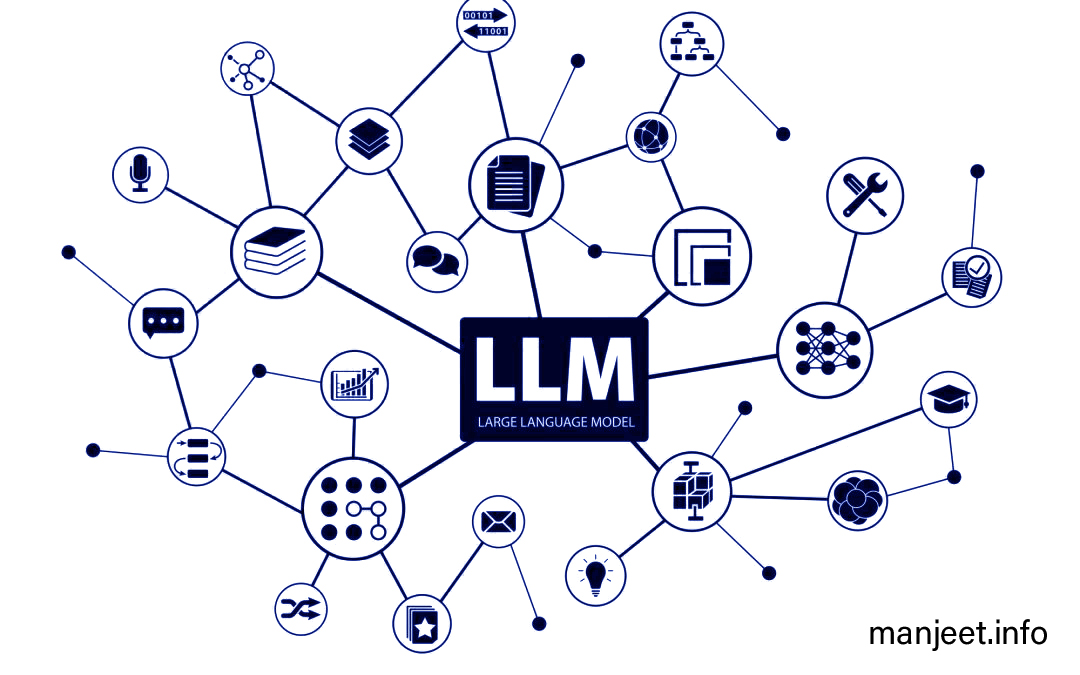In the world of software development, architects and developers face the challenge of choosing the most appropriate architectural style for building scalable and maintainable applications. Two popular approaches are microservices and monolithic architecture. In this blog post, we will delve into the concepts of microservices and monolithic architecture, their characteristics, benefits, drawbacks, and provide insights into their real-world applications.
Monolithic Architecture :
Monolithic architecture is a traditional software design approach where an application is built as a single, self-contained unit. In this model, all components of the application, including the user interface, business logic, and data access layer, are tightly coupled and deployed as a single unit. Key characteristics of monolithic architecture include
- Tight Coupling : Monolithic applications have tightly coupled components, meaning changes in one part may have unintended consequences on other parts of the system. This tight coupling often leads to challenges in maintaining and scaling the application.
- Singular Technology Stack: In monolithic architecture, the entire application is developed using a single technology stack. This simplifies development but can limit the flexibility to adopt new technologies and frameworks.
- Scalability Challenges: Scaling monolithic applications can be complex since the entire application needs to be replicated rather than scaling specific components. This can result in inefficient resource utilization and hinder the ability to handle high traffic loads.
- Single Deployment Unit: Monolithic applications are deployed as a single unit, requiring the entire application to be stopped and redeployed for any changes or updates. This can lead to downtime and disrupt the availability of the application.
Microservices Architecture:
Microservices architecture, on the other hand, is an approach that structures an application as a collection of small, loosely coupled services. Each service focuses on a specific business capability and can be developed, deployed, and scaled independently. Key characteristics of microservices architecture include.
- Service Autonomy: Microservices are autonomous, meaning each service can be developed, deployed, and scaled independently. This autonomy enables teams to work on different services concurrently, fostering agility and faster time-to-market.
- Decentralized Data Management: Each microservice has its own database or data store, allowing it to manage its data independently. This decentralization enhances scalability and fault isolation.
- Distributed Communication: Microservices communicate with each other through lightweight protocols like RESTful APIs or message queues. This loose coupling allows services to evolve independently and enables technology heterogeneity.
- Scalability and Fault Tolerance: Microservices architecture supports horizontal scalability, where specific services can be scaled based on demand. Additionally, failures in one service do not impact the availability of the entire system, enhancing fault tolerance.
Comparing Microservices and Monolithic Architecture:
To provide a clearer picture, let’s compare microservices and monolithic architecture across various aspects:
- Development and Deployment:
Monolithic: Easier development and deployment due to a single codebase and deployment unit.
Microservices: Complex development and deployment due to multiple services, but greater flexibility and autonomy for each service. - Scalability:
Monolithic: Scaling requires replicating the entire application, limiting efficiency.
Microservices: Granular scalability, allowing specific services to be scaled independently based on demand. - Flexibility and Technology Adoption:
Monolithic: Limited flexibility for adopting new technologies and frameworks.
Microservices: Services can be built with different technologies, enabling flexibility and faster adoption. - Maintenance and Extensibility:
Monolithic: Changes may impact the entire application, requiring thorough testing.
Microservices: Changes are isolated to specific services, reducing the impact and enabling faster iterations.

Real-world Applications :
Certainly! Here are some examples of real-world applications where both microservices and monolithic architecture have been employed:
Monolithic Architecture:
- Content Management Systems (CMS): Many popular CMS platforms, such as WordPress and Drupal, are built using monolithic architecture. The entire CMS, including the core functionalities and plugins, is bundled as a single unit.
- Enterprise Resource Planning (ERP) Systems: Monolithic architecture is often used for building comprehensive ERP systems where different modules, such as finance, inventory, and HR, are tightly integrated into a single application.
- Banking Applications: Some banking applications, particularly those developed in the earlier days, are built using monolithic architecture. These applications handle various banking operations, including account management, transactions, and reporting.
Microservices Architecture:
- E-commerce Platforms: Large-scale e-commerce platforms like Amazon and eBay adopt microservices architecture to handle different functionalities, such as inventory management, order processing, payment processing, and user reviews, as independent services.
- Social Media Applications: Social media platforms like Twitter and Facebook leverage microservices architecture to manage diverse functionalities, including user authentication, posting, notifications, and messaging, as separate services.
- Video Streaming Services: Services like Netflix and YouTube employ microservices architecture to handle functions like content recommendation, user profiles, video transcoding, and streaming delivery as independent services.
It’s important to note that the choice between microservices and monolithic architecture depends on the specific requirements of the application, the development team’s expertise, and the anticipated scalability and maintenance needs.
Read more 7 Best Practices for Handling Large Amounts of Traffic and Data in Video Streaming Applications







